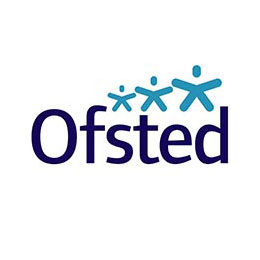Zones of regulation
What are the 'Zones of Regulation' and how are they used in schools?
The Zones of Regulation is a widely used social-emotional learning framework designed to help children develop self-regulation skills by categorizing feelings and states of alertness into four color-coded zones. This system provides a common, non-judgmental language for children and adults to discuss emotions and implement coping strategies.
Warren Wood has embedded the use of the Zones of regulation across the school and this forms part of our curriculum and daily practice.
The Four Zones of Regulation
Each zone represents a range of emotions and energy levels:
Blue Zone (Low Energy): This zone is for low states of alertness. A person might feel sad, tired, bored, or sick. The body is moving slowly, and energy levels are low.
Green Zone (Optimal Energy): This is the desired zone for the classroom and social interactions, as it represents a calm and focused state of alertness. Individuals in the green zone feel happy, content, and ready to learn or engage.
Yellow Zone (Heightened Energy): This zone indicates a heightened state of alertness and elevated emotions, but the individual still has some control. Feelings can include frustration, worry, excitement, or silliness.
Red Zone (Intense Energy): This zone describes extremely heightened states of alertness and intense emotions, where the individual feels a loss of control. Emotions might include anger, rage, terror, or being out of control.
Key Principles in Schools
Schools implement the Zones of Regulation to foster a supportive environment for emotional well-being and mental health. Key aims include:
Enhancing Emotional Literacy: Helping children recognise and label their own feelings and the emotions of others.
Developing Coping Strategies: Providing a "toolkit" of strategies (e.g., deep breathing, using a stress ball, physical exercise) to help move between zones effectively.
Fostering Empathy: Helping children understand how their behavior impacts the thoughts and feelings of those around them.
Problem-Solving Skills: Teaching children to match the size of their reaction to the size of the problem and develop resilience.
It is important to note that no zone is considered "bad" or "naughty"; all zones are natural human experiences. The goal is not to eliminate certain feelings, but to teach children healthy, appropriate ways to manage them and return to a calm, focused state when needed.
For more information, resources are available on the official Zones of Regulation website.
Please also find attached a copy of the poster used in all classrooms which accompanies the interactive Zones of Regulation display in every classroom.







